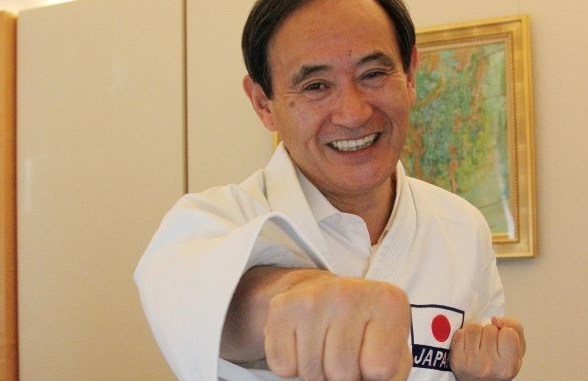Source: kwunion.com
Unfortunately, over the years I’ve noticed that many of those interested in karate and in the budo, in general, don’t have a solid understanding of what kata actually is or for what it’s really intended. Therefore, their opinions about its worth are often stalled or go off in directions that lead nowhere productive. There are, in fact, a number of misconceptions about kata. Among the more obvious are the following:
“A kata tells a story.” No, it doesn’t. Combat — even a simple confrontation — is enormously chaotic and unpredictable.
No “story” could be implemented that could be even remotely applicable to the spontaneity of a fight.
“A kata allows us to practice the more deadly techniques of karate.” No, not if you’re just going through the motions.
A finger stab done 10,000 times against an imaginary opponent’s eye doesn’t teach you any more about the effectiveness of that technique than doing it once. All the kata repetitions in the world won’t change that. Kata is just a combination of techniques, randomly assembled. Feel free to create your own; it’ll be just as valuable.

Understanding the true role of kata in karate-do depends to a considerable extent on a familiarity with the three pillars that support it. Grasp these concepts and you’ll find it easier to see the place of kata in your training and to make informed judgments about its practice.
Structural Integrity
It’s easy to look at kata from the outside and conclude it’s an arbitrary arrangement of techniques. Indeed, some contests featuring kata have compulsory rules of the sort one finds in gymnastics meets, where contestants must include a requisite number of kicks or perform for a minimum time. Those who manufacture their own kata approach the task with these standards in mind. This isn’t kata; it’s dance.
A kata has structural integrity. The movements may be fast and light, or slow and heavy, but they make sense. They’re applicable. Standing on one leg and unleashing flippy kicks at head height while rotating in a circle might look impressive, but there’s no solidity, no proper application of power.
Videotape a kata and pause it at any place in the execution, and you’ll see that the karateka is balanced, his body integrated, all parts coordinated. You won’t find him tumbling or upside down. That’s because the kata has kotai or structural integrity.



